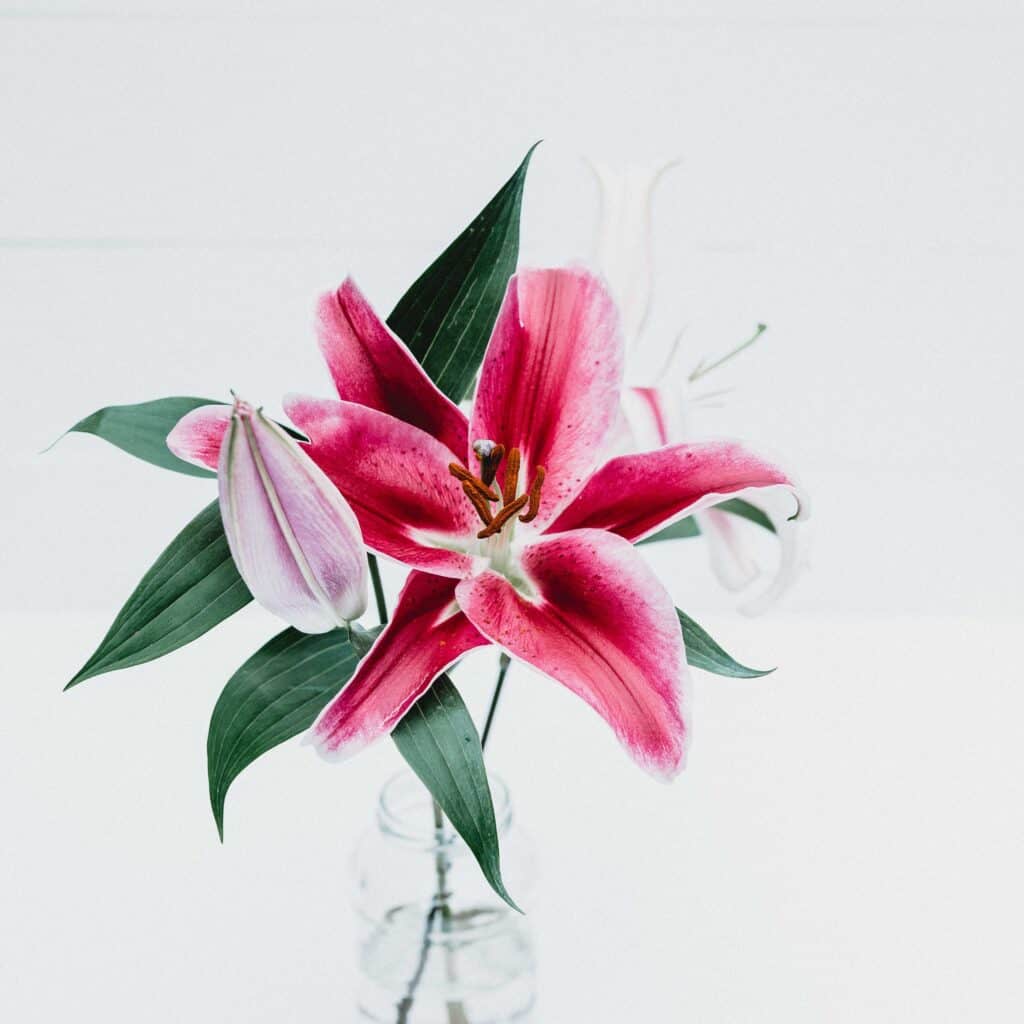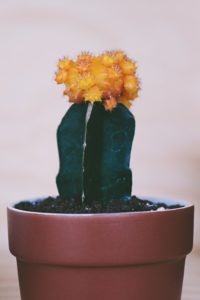Can lilies cause hay fever? How to remove the pollen from your lily

Scientifically known as Lilium, and commonly known as lilies, are gorgeous flowering plantlets that can easily grow both indoors and outdoors. Judging by its stylish looks, this plant seems difficult to maintain and grow, however, it is actually an easy-to-grow plant that is considered to be a perfect fit for beginners.
This article will debate whether or not lilies can cause hay fever. However, we shall understand what hay fever is first.
Hay fever is an allergic reaction that usually is triggered when pollen comes in contact with on of the following, mouth, eyes, nose, and throat. This allergic reaction is usually getting worse in the early summer and fall seasons, especially in environments that have warm, humid and windy conditions. This type of climate and the specified seasons are when the pollen count is at its peak.
The symptoms behind hay fever consist of sneezing and coughing, runny/blocked nose, red and itchy or watery eyes, itchiness of the throat, nose, mouth and ears, loss of smell, headaches, earaches, and feeling of tiredness.
Without any further ado, we shall move to our question, can lilies cause hay fever?
So, can lilies cause hay fever?
To answer the question early in the article, yes and no! Lilies can trigger your hay fever due to the large amounts of pollen that they produce during their blooming season.
However, it is almost impossible for it to do so, because lilies are allergy-friendly flowering plants. And by that I mean that they do not disperse pollen in the wind and in the case of hay fever, the pollen has to get in contact with at least one of the following, mouth, nose, eyes or throat. Lilies are just one of the flowering plants that are considered to be allergy-friendly, roses and hydrangeas are also plantlets with pollen that is not dispersed in the wind.
However, in case the pollen of the lilies triggers your allergy in any way, there it is possibility to remove the pollen from this species, therefore, it is not necessary to completely avoid this plantlet. Allergies can differ from person to person, you might find that some species of flowering plants will trigger your allergies more than others.
In the case of lily flowers, the pollen can be found on the tip of the stamen, which is the male reproductive organ of the flower. This organ, the stamen, is constructed out of two parts, one of them being the anther, which is where you can find the pollen of a lily flower. To get rid of the pollen of the lily, which will also eliminate any risks of triggering your hay fever, simply just pluck the stamen out of the bloomed flower.





